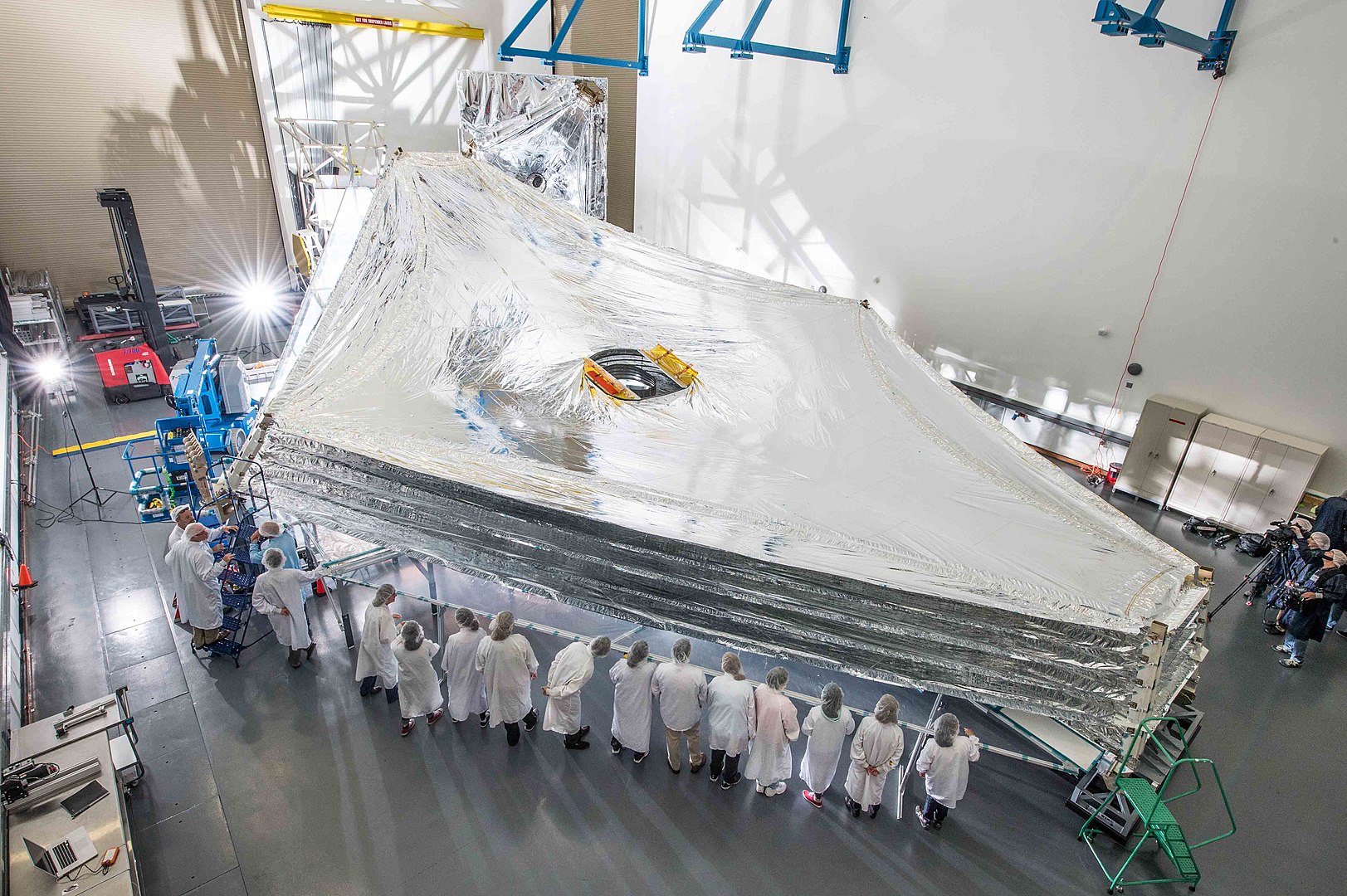Kennedy Space Center Florida, USA" } ["link"]=> array(1) { [0]=> string(61) "https://wai.brandnew.space/location/space-launch-complex-39a/" } } array(3) { ["label"]=> string(7) "Mission" ["content"]=> array(1) { [0]=> string(9) "CRS NG-17" } ["link"]=> NULL }
" } }
Low Earth Orbit (LEO)" } }
Low Earth Orbit (LEO)
The James Webb Space Telescope (JWST) is a space telescope and an international collaboration among NASA, the European Space Agency (ESA), and the Canadian Space Agency (CSA).
The telescope is named after James E. Webb, who was the administrator of NASA from 1961 to 1968 and played an integral role in the Apollo program. It is intended to succeed the Hubble Space Telescope as NASA's flagship mission in astrophysics. JWST was launched on 25 December 2021 on Ariane flight VA256.
Facts & Figures about James Webb Space Telescope (JWST)

Falcon 9 B1061 first launched Crew-1 to the ISS in November 2020, the first operational flight of Crew Dragon. Following landing on drone ship following the Crew-1 flight, this first stage went on to complete additional missions.
It became the first booster to fly crew twice as well as the first reused booster to fly crew as a part of the Crew-2 mission.


